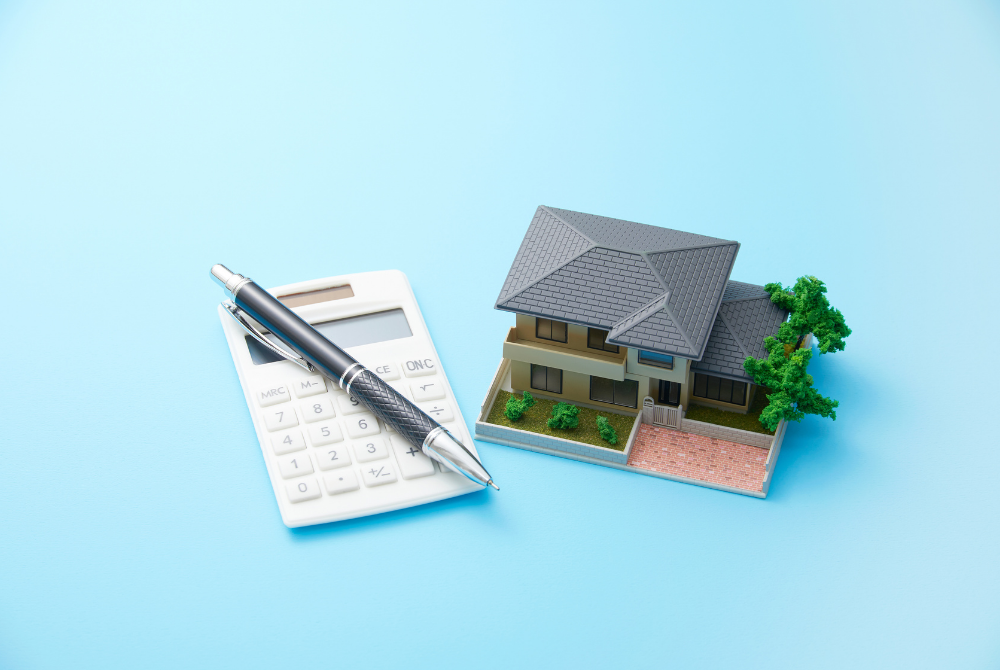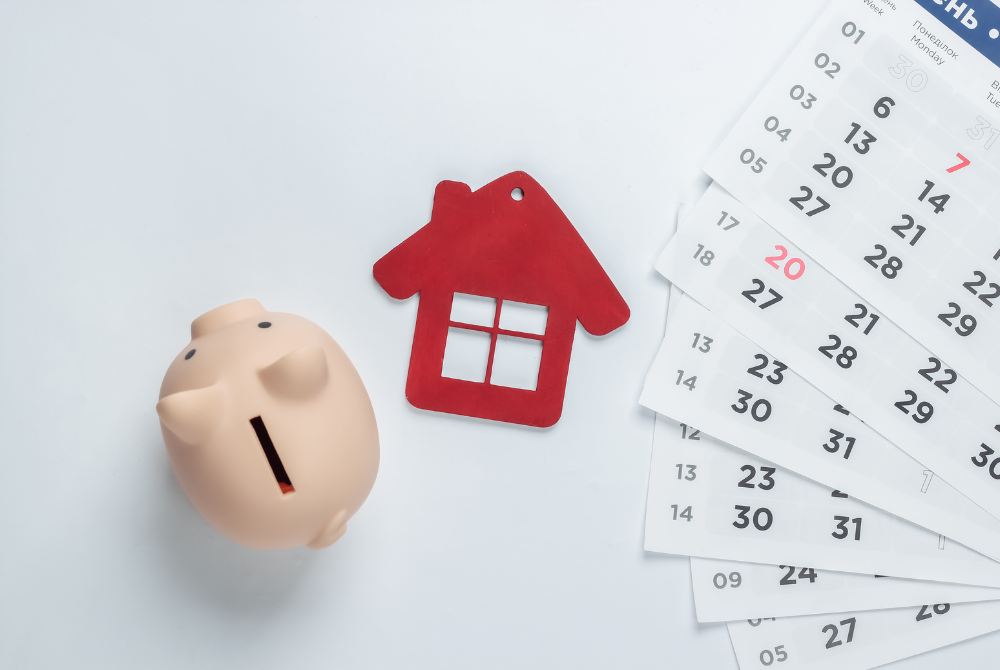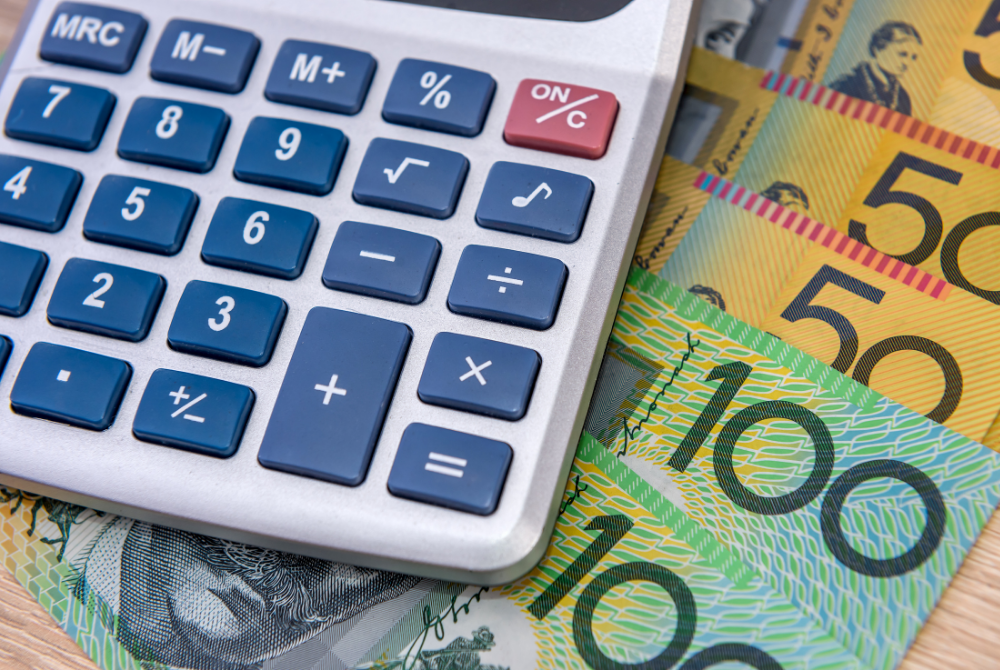How Does Capital Gains Tax Work When Buying Or Selling Off-The-Plan
Ugh. Taxes. They’re not everyone’s best friend.
They are, however, a part of life. Ben Franklin once noted that in this world, nothing can be said to be certain, except death and taxes. Ben Franklin died in 1790. Over 200 years later, we’re still dealing with taxes. He was certainly on the money (pardon the pun).
We digress, the real reason we’re here today is not, in fact, to whinge about taxes behind their back, but to inform you of the ins and outs of capital gains tax (CGT) when it comes time for the purchase or sale of an off-the-plan property. Understanding how CGT works now will help you later on when it comes time to complete your tax return after you sell.
Keep reading this article to learn about capital gain, capital losses and how off-the-plan investment properties offer a range of benefits, even when CGT is taken into account.
What Is ‘Off-The-Plan’?
Essentially, buying off-the-plan means you’re buying a property while it is still in the planning, development or construction stages. As the purchaser, before you sign the contract, you will generally be able to see a floorplan and the location of the property, as well as having some input into appliances, colour schemes and fittings, but not too much else until you settle.

How Does ‘Off-The-Plan’ Work?
Off-the-plan investors will generally be up for a deposit of around 10%-15%, but in some circumstances, it can be as low as 5%.
The balance is then paid only once the property has been fully constructed, which poses quite a few advantages to buyers.
Considering it can take 12-18 months for an off-the-plan property to be ready for settlement, this allows the purchaser more time to save before payments like stamp duty buying fees is required. On top of this, the far-off due date allows an extended period to act if you’re attempting to find a buyer for a property you currently own to fund the purchase of your new investment.
As a prospective off-the-plan buyer, it’s generally not too hard to find more information about the contract the deposit and everything in between, if you know where to look. (the Liviti website is a great place to start).
What Does It Mean To Pay Capital Gains Tax?
Alright, we’re back to the nitty-gritty tax talk. Bear with us here. It may be boring, but it’s important to know this stuff before entering into an off-the-plan contract you plan to sell in future.
Capital gains tax is managed by the ATO, calculated as part of your income tax and is applicable to all properties (with one or two exceptions, but more on those later in this article).
CGT applies to properties acquired post-1985, as this is when CGT was introduced.
For taxpayers, CGT is applied to any capital gains you’ve made within the financial year. A capital gain refers to a profit made on the sale of any assets.
Sale Price – (Purchase Price + Costs) = Profit.
For example, if you purchase a home for $500,000, sell it for $800,000 and incur $50,000 worth of costs in the process of buying, owning and selling it, your profit would work out to be $800,000 – ($500,000 + $50,000) = $250,000. That $250,000 is what you would pay CGT on.
What Is The Ideal Amount Of Capital Gain Tax?
It’s important to realise that there really is no specific capital gains tax amount that is ideal, on the whole. It truly does depend on individual circumstances.
As your capital gain increases, your capital gain tax will also increase and will depend on factors like the amount of time you’ve owned the property, your marginal tax rate, and more.
How To Calculate Capital Gain Tax
We’re going to try and simplify this as much as we can because nobody wants to spend time reading tax info. Here goes…
By law, you pay CGT as part of your annual income tax. Essentially, there’s no specific CGT tax rate applied, but the tax rate is subject to your total income which will include any applicable capital gains (or capital losses).
Here are a few examples of different ways one might complete their CGT calculations…
1. Discount Method
This method allows you to reduce your capital gains if you sell the asset after a period of more than 12 months of holding it. A discount of 50% may be applied in this case.
So, if you make $205, 000 profit, you would only pay CGT tax on the $102, 500 gained.
Follow this formula…
- Asset Sale Price – Cost Base = Capital Proceeds
- Capital Proceeds x 50% = Capital Gain
2. Indexation Method
This allows you to increase the cost base by applying an indexation based on the Consumer Price Index (CPI), up to September 1999.
Follow this formula…
- CPI for Quarter of CGT Event ÷ CPI for Quarter when Expenditure Occurred = Indexation Factor
- Capital Proceeds x Indexation Factor = Capital Gain
No matter how you plan on calculating CGT, it’s super important to consult with a tax specialist so you don’t end up with the tax department hot on your heels.
Capital Gains Tax For Foreign Residents
If you are a foreign resident and an investor in off-the-plan property in Australia, your CGT calculations will slightly differ.
You will be required to pay GCT on taxable Australian properties that you sell, worth more than $750,000.
Unfortunately, some CGT exemptions and discounts will not be applied. For example, when being taxed you will likely not be eligible for the 50% CGT discount when you make a capital gain after holding the property for more than 12 months (unless you purchased the property before 8th May 2012).
The good news is that any assets signed over to you in an acquisition before CGT started on 20 September 1985 are not subject to it when re-sold.
Tax Planning For Off-The-Plan Apartment Purchasing
When it comes to tax for off-the-plan apartments, it’s important to know how CGT might affect the property before settlement and eventually when the property is sold.
Having a plan for the method of CGT you or your tax agent is likely to use when the time comes is good to know from the get-go.
Certain items can be used to make tax deductions and work to lower CGT including rental advertising, interest on the loan, strata fees, stamp duty, depreciation and repairs/maintenance, so keep these in mind.
Again, it is so important to contact a tax specialist to make sure you’re able to take advantage of these tax benefits before purchasing off-the-plan property in Australia.
How Can You Avoid Paying Capital Gains Tax?
Often, by making the property a principal place of residence (PPOR), investors can get away with not being taxed for GCT.
Here’s the deal…
The property must have a dwelling on it and it must be your PPOR, meaning it is where you live, where your personal belongings are, where your mail is delivered, etc.

An exemption is available if PPORs eventually become a rental property, as long as it sells within 6 years of becoming a rental AND no other property is listed as your PPOR. If you reoccupy the property as a PPOR before the 6 years is up, the exemption resets.
As for discounts, investors who have held an asset for more than a year-long period may be eligible for a 50% discount on capital gains tax once its sale is completed. There’s also the possibility of tax discounts if the property is purchased by a self-managed super fund.
Again, all of this is dependent on circumstances. Please seek expert advice before agreeing to a contract, paying a deposit or planning a sale.
Selling An Off-The-Plan Property Before Settlement
Can You Sell Off-The-Plan Properties Before Settlement?
Yep! Off-the-plan properties often provide the opportunity within the contract to re-sell in the time period before settlement which is an awesome advantage to buyers.
If circumstances change prior to settlement, you may be able to sell up and hand the signed agreement over to a new buyer (kind of like when you have a gym membership and you literally never go so you find someone else to take over the contract instead…yeah, we’ve all been there).
Making a tidy profit from pre-settlement sales is possible if you’re clever about it.
How To Sell Off-The-Plan Property Before Settlement?
Firstly, consider whether the developer will allow a re-sale on an unconditional contract prior to settlement. Always check the fine print in the contract and have a legal expert confirm whether a re-sale is possible.
Once the legal stuff has been a-okayed, here are a few tips…
- Timing is key! Try and allow at least 6 months from the expected completion date to give the property a good chance at selling before it’s due to settle.
- Hire an agent to market the property for you. They can promote through their website, sales agents or online platforms!
Things Consider When Selling An Off-The-Plan Investment Property Before Settlement
If re-selling prior to settlement, it’s important for investors to consider the need to pay stamp duty when the property is re-sold, cover any additional legal fees for solicitor services and marketing fees if you use an agency, plus, our old friend CGT will rear its ugly head in the same tax period.
Most importantly, remember that you do remain bound to the developer after signing if no other buyer will take on the title.
Where To Find Information On Capital Gains Tax Selling Off-The-Plan?
As always, a qualified tax agent or solicitor is your best bet for feedback on the nitty-gritty stuff, but if you’re still confused about any aspects of CGT and buying/selling an off-the-plan property, don’t hesitate to get in touch with our team here at Liviti.
You can get in contact with us or view our available properties.
Remember, CGT might suck but it doesn’t have to be hard to manage if you work with the right people.









